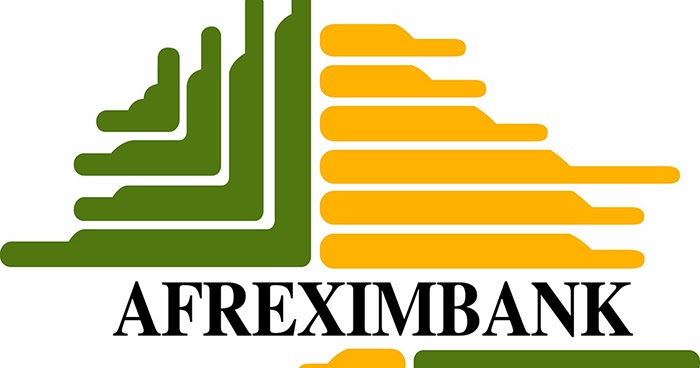- Intra -African Trade Will Rise to $400bn if Hindrances are Removed
Achieving economic integration among African countries which will give way to the continent’s economic growth is capable of growing the size of intra-African trade from its current level of $170billion to $400billion, if impediments are removed, president and Chairman, African Import Export (AFREXIM) Bank, Dr. Benedict Oramah has said.
Oramah, who stated this at the 24 annual general meeting of the bank held in Kigali, Rwanda, identified the growth factors as enabling environment such as political will, market knowledge, conducive environment and right policies combined with adequate financial resources.
He said there is urgent need to address the existing problem of trading information gap among the member countries.
Speaking on the topic, ‘Expanding African Trade in a World of Rising Protectionis’, Oramah noted that the rise of anti-globalisation, protectionism and nationalism has got direct attack on capital mobility, from advanced to developing countries, despite the fact that this is the hallmark of globalisation.
He observed that advanced countries, who have been the apostles of globalisation are now building anti trade walls against developing countries.
“During the last one and half decades, foreign direct investment flows into developing economies grew by more than 200per cent from $230billion in 2001 to over $760 billion in 2015.
“The capital flow was accompanied by movement of technology and jobs. Industrial and manufacturing activities moved from Europe and North America to Asia where return to capital was highest. As Asian developing economies narrowed their technological gap and became more competitive, accumulating trade surpluses, many advanced economies had resorted to subtle “anti-market” policies to contain rising external imbalances,” he observed.
Oramah, quoted the World Trade Organisation (WTO) as saying: “The stock of trade restrictive measures increased from 424 in 2010 to 2,238 measures in 2016; between October 2015 and October 2016, 182 new trade-restrictive measures were put in place mostly by advanced economies; G20 countries introduced an average of 19 trade-restrictive measures per month during 2016.”
He however expressed optimism that despite these, Africa as a continent, has all the ingredients required for a big economic push and to accelerate its trade, adding that relative low intra-African trade provides room for growth in a context of contraction of global trade and creeping protectionism.
According to him, Political will, market knowledge, conducive environment and right policies combined with adequate financial resources are the ingredients that will put the continent on the path to industrial transformation and a quantum leap in intra-African trade.
He said due to lack of knowledge of the African continent and limited access to trade information among African businesses, a number of African countries are spending their foreign exchange in importing what they produce at home from abroad.
Giving analysis of this, the AFREXIM Bank boss said:
“Australia, is the main source of tanned hides and skins for Southern Africa, while Zambia, globally exports this same input at a lower cost and its exports are higher than South Africa’s imports.
Again he said: “South Africa imports leather further prepared after tanning from India at a price which is double the price at which Ethiopia exports the input to the world.
“Mauritius and Nigeria, globally import leather products from Italy and Belgium at a much higher costs as compared to what South Africa and Botswana globally exports”.
Highlighting some of the potential of the continent, Oramah said: “Africa has diverse natural resources and abundant labour that can form the foundation for export manufacturing and industrial take-off. Africa has a pan African trade finance bank, the Afreximbank that has the capacity to de-risk the trade and financial flows within the continent.”
A number of African champions have emerged creating manufacturing capacities and fostering the emergence of regional and continental supply chains. For instance: El-Sewedy Electric, an Egyptian entity, has become one of the largest suppliers of electricity generation and distribution equipment and technologies in Africa.
The Dangote Group has cement plants in about 14 African countries and is now the largest supplier of cement in Africa. The Group will by 2018 open one of the largest refineries in the world. The refinery, with capacity of about 650,000 bpd, can supply the total refining requirements of West Africa.
ShopRite, the retail giant from South Africa now operates in not less than 18 African countries; MTN, an African telecom giant, now operates in 22 countries”, he enumerated.

 Naira3 weeks ago
Naira3 weeks ago
 News4 weeks ago
News4 weeks ago
 Naira4 weeks ago
Naira4 weeks ago
 Naira3 weeks ago
Naira3 weeks ago
 Jobs3 weeks ago
Jobs3 weeks ago
 Travel3 weeks ago
Travel3 weeks ago
 Naira3 weeks ago
Naira3 weeks ago
 Investment4 weeks ago
Investment4 weeks ago






























